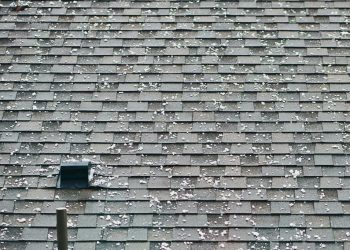Attic fans, also called full house fans, can be an effective and cost-efficient way to cool a home. They bring in cooler air from outside through vents and push the hot air outside. Doing this means less reliance on your air conditioner, particularly in late spring and early summer when nights are still relatively cool, resulting in lower energy bills. During the hot, humid summer days, you’ll need to use air conditioning because the outside air is warm and won’t cool the home.
An attic fan can be a nice selling point, but only if it’s fully operational and well maintained. It doesn’t require much maintenance, but following these steps will lengthen the lifespan of your fan.
Check the vents. Ventilation is required for attic fans to work effectively so that the hot air can escape your home. Make sure the soffit vents in your attic aren’t blocked and are clean to allow air flow. In particular, make sure there isn’t any insulation blocking the vents.
If your attic has blocked soffit vents and is not properly sealed from the rest of the house, attic fans will extract cool air out of the house and pull it into the attic. This will use more energy and make your air conditioner work harder, which will increase your utility bills. Installing rafter vents—which create a channel for air to the soffits—can help with this issue, especially if your attic floor is covered with insulation.
Attic fans are essentially a hole in your ceiling that needs to be sealed to protect against outdoor exposure, especially rain. In fact, if you have a leak and can’t determine the source, have the fan area checked and make any necessary repairs. Proper sealing will also ensure that cool air flows through your home.
If your attic fan has oil ports to help the motor run, they need to be cleaned every few years. The same goes for vents and blades—clean blades will make the fan more effective. If you’re selling your home this is a good time to make sure everything is in the best condition possible.










